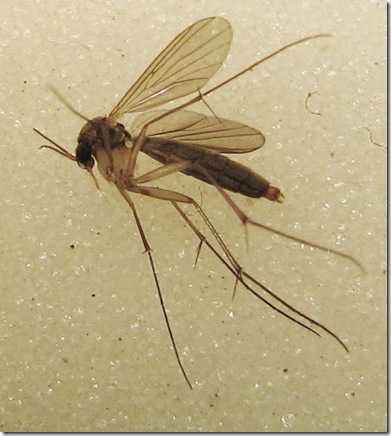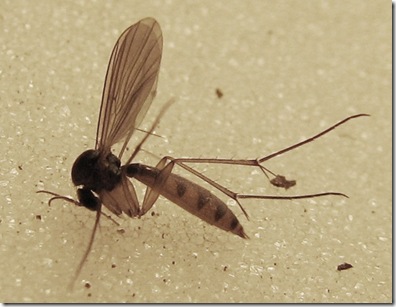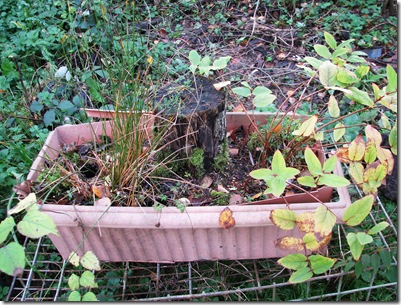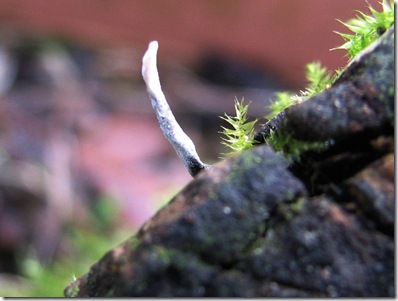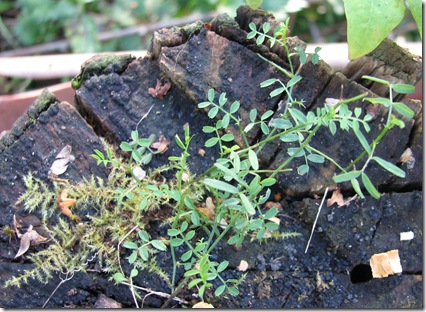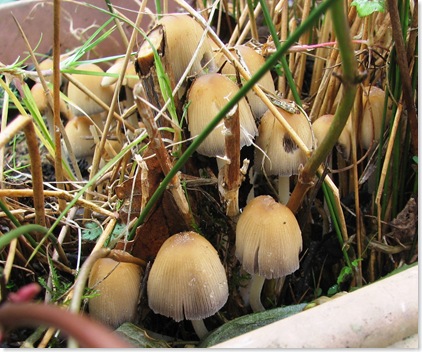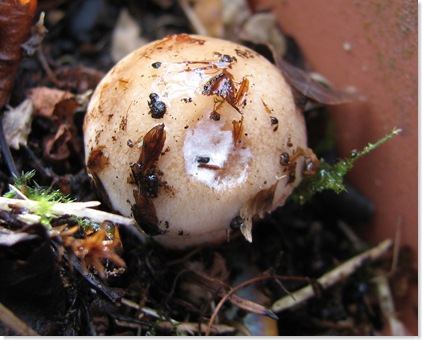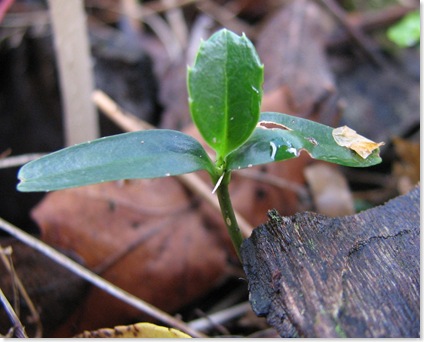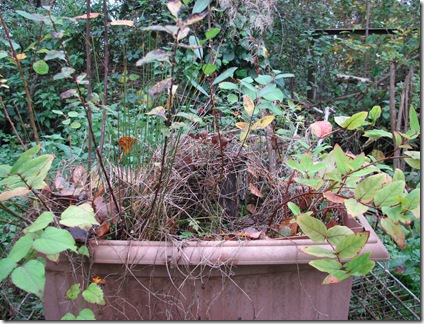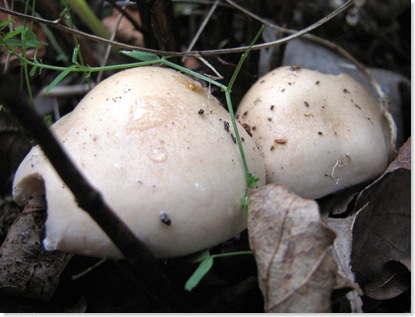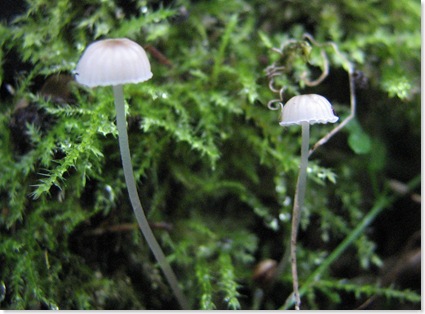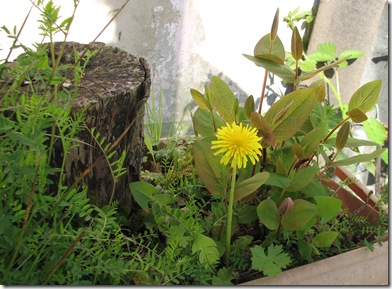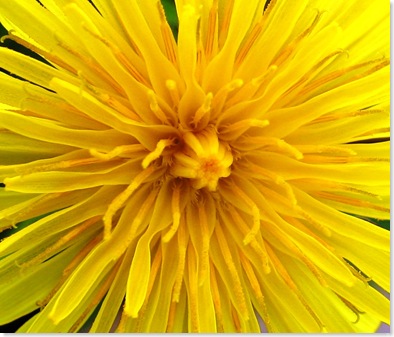Flies from Poison Pie
The poison pie fungus (Hebeloma crustuliniforme) which I have kept in a small breeding cage has produced about a dozen Exechia fusca, a common fungus gnat which I have caught several times before in our garden and elsewhere.
The pictures below are of a male (above) and a female showing the marked difference in body colour.
This species has larvae that breed in many different larger toadstools and F. W. Edwards writing in 1926 recorded it from the poison pie Hebeloma.
Making a positive identification of insects like this requires some care. It ran down readily enough in Edwards, but that was published nearly a century ago and many more species of Exechia have been added to the British list since then. In this case I checked in Alexander Zaitzev's Fungus gnats (Diptera, Sciaroidea) of the fauna of Russia and adjacent regions. Part II published (in English) in St. Petersburg in 2003. Getting this book was rather more difficult than getting E. fusca, but through illustrations of the genitalia it does clinch the identity.
